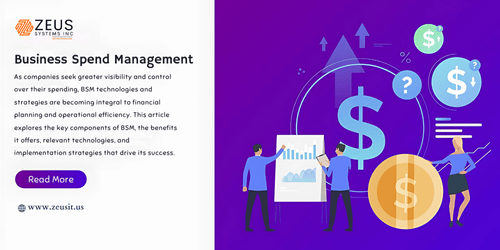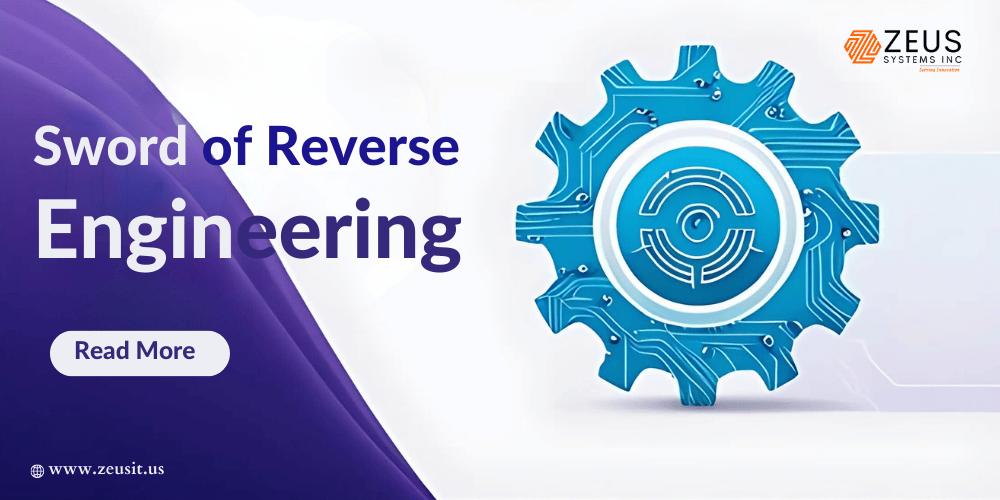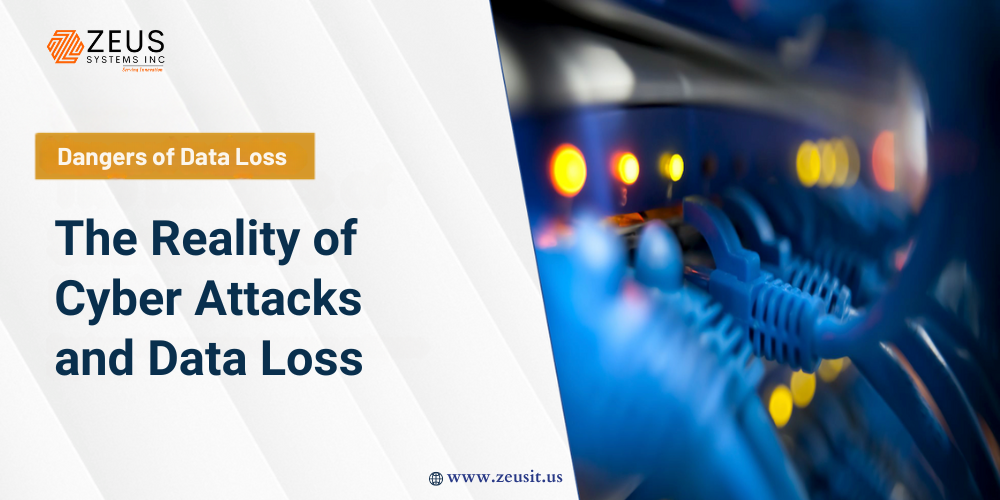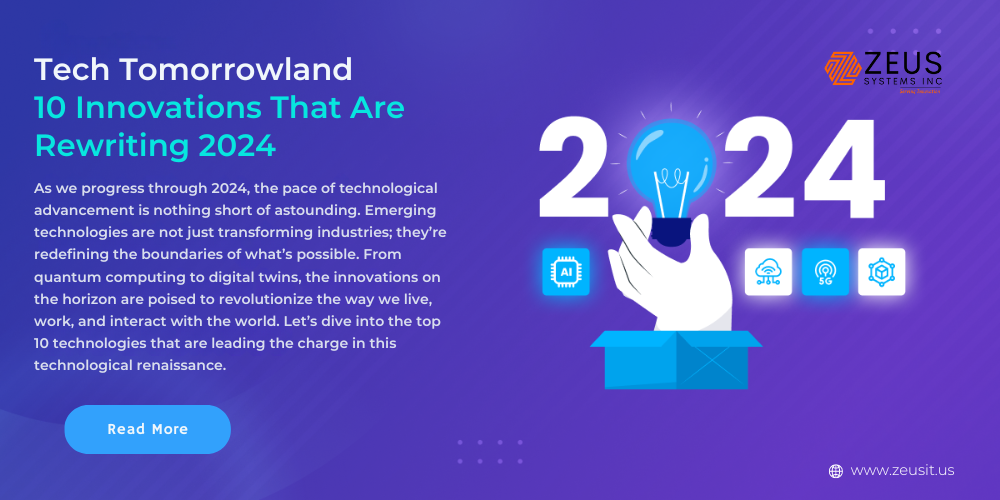Introduction
In the era of digital transformation, information security has become a cornerstone for organizations striving to protect their data and maintain operational integrity. With cyber threats evolving in complexity and frequency, it’s imperative for businesses to implement robust information security management (ISM) practices. This comprehensive guide explores the core components, benefits, cutting-edge technologies, and strategies for effective ISM implementation.
Understanding Information Security Management
Information Security Management (ISM) involves the creation and implementation of policies, procedures, and technologies aimed at safeguarding information assets from cyber threats. The fundamental principles of ISM are encapsulated in the triad of confidentiality, integrity, and availability.
Confidentiality: Protecting Sensitive Information
Confidentiality ensures that sensitive information is accessible only to authorized individuals. Implementing robust access controls, encryption, and conducting regular audits are essential to prevent unauthorized access and data breaches.
For instance, multi-factor authentication (MFA) can significantly bolster security by requiring users to verify their identity through multiple methods. Encrypting data at rest and in transit ensures that intercepted data remains unreadable without the proper decryption keys. Additionally, data masking techniques can be used to hide sensitive information in non-production environments, reducing the risk of exposure.
Integrity: Ensuring Accuracy and Reliability
Integrity involves maintaining the accuracy and reliability of information, protecting it from unauthorized modification or destruction. This can be achieved through hashing algorithms, digital signatures, and robust backup systems.
Hashing algorithms, like SHA-256, generate a unique fixed-size hash value for data. Any alteration in the data results in a different hash value, thus verifying data integrity. Digital signatures provide a means to authenticate the sender’s identity and ensure the message has not been tampered with. Regular backups and version control systems are crucial for restoring data to its original state in case of corruption or loss, thereby maintaining data reliability.
Availability: Ensuring Access When Needed
Availability ensures that information and systems are accessible to authorized users when needed. Implementing measures to protect against disruptions, such as Distributed Denial of Service (DDoS) attacks, power outages, and hardware failures, is vital.
Redundant systems, failover mechanisms, and regular maintenance can enhance availability. Employing load balancing techniques ensures that no single server bears too much traffic, mitigating the risk of downtime. Additionally, using cloud-based solutions provides scalability and flexibility, ensuring continuous access to critical resources.
The Benefits of Information Security Management
Adopting a comprehensive ISM strategy offers numerous benefits, crucial for organizational resilience and growth:
Enhanced Risk Management
By proactively identifying and mitigating potential threats, ISM empowers organizations to manage risks more effectively. This reduces the likelihood of security breaches and mitigates their impact, protecting the organization’s reputation and assets.
Improved Compliance
Organizations across industries must comply with stringent regulatory requirements for data protection, such as GDPR, HIPAA, and CCPA. Implementing ISM ensures adherence to these regulations, avoiding legal penalties and enhancing organizational credibility.
Increased Customer Trust
A strong commitment to information security builds trust with customers and partners. Demonstrating robust security practices reassures stakeholders about the safety of their data, fostering long-term business relationships.
Relevant Technologies in Information Security Management
The effectiveness of ISM is bolstered by advanced technologies that protect against cyber threats, enhance data visibility, and improve response capabilities. Key technologies include:
1. Security Information and Event Management (SIEM)
SIEM systems aggregate and analyze data from various sources to detect and respond to security incidents. By providing real-time monitoring and automated alerts, SIEM enhances an organization’s ability to detect and mitigate threats promptly.
These systems utilize correlation rules to identify patterns indicative of a security incident. Advanced SIEM solutions integrate with threat intelligence feeds to contextualize alerts and prioritize responses based on the severity of the threat.
2. Endpoint Detection and Response (EDR)
EDR solutions monitor and analyze endpoint activities to detect suspicious behavior. These tools provide real-time visibility into endpoints, enabling rapid response to potential threats.
By leveraging machine learning algorithms, EDR solutions can identify anomalous activities that deviate from established patterns, even if they do not match known threat signatures. This proactive approach enables organizations to detect and respond to zero-day threats effectively.
3. Intrusion Detection and Prevention Systems (IDPS)
IDPS technologies monitor network traffic for suspicious activities and take action to prevent potential breaches. These systems use advanced analytics to identify and block threats before they can cause harm.
Network-based IDPS can detect and prevent threats at the network perimeter, while host-based IDPS provides detailed visibility into activities on individual hosts. The integration of both approaches offers comprehensive protection against a wide range of threats.
4. Cloud Security Solutions
As more organizations migrate to the cloud, cloud security has become paramount. Cloud security solutions provide protection for data and applications hosted in cloud environments, ensuring compliance with security standards.
These solutions include features such as identity and access management (IAM), data encryption, and cloud workload protection. By leveraging cloud security solutions, organizations can safeguard their cloud assets from unauthorized access and breaches.
5. Artificial Intelligence and Machine Learning (AI/ML)
AI and ML technologies enhance ISM by enabling advanced threat detection, predictive analytics, and automated responses. These technologies can analyze vast amounts of data to identify patterns and predict potential threats.
For example, AI-powered threat detection systems can analyze network traffic in real-time to identify indicators of compromise. Machine learning algorithms can continuously learn from new data, improving their ability to detect emerging threats and reduce false positives.
Implementing Effective Information Security Management
To effectively implement ISM, organizations should follow these steps:
Develop a Comprehensive Security Policy
Establish clear policies that define roles and responsibilities, outline acceptable use of resources, and specify incident response procedures. Ensure that these policies are communicated to all employees and regularly updated to address new threats.
Conduct Regular Security Assessments
Regularly assess the organization’s security posture through vulnerability assessments, penetration testing, and security audits. Use the findings to strengthen defenses and address potential weaknesses.
Invest in Employee Training
Employees are often the first line of defense against cyber threats. Conduct regular training sessions on security best practices, phishing awareness, and incident reporting. A well-informed workforce can significantly reduce the risk of human error and enhance overall security.
Implement Incident Response Plans
Develop and maintain incident response plans that outline procedures for detecting, responding to, and recovering from security incidents. Conduct regular drills to ensure that all stakeholders are familiar with their roles and can respond effectively in the event of a breach.
Leverage Advanced Technologies
Invest in advanced security technologies, such as SIEM, EDR, IDPS, and AI/ML solutions, to enhance threat detection and response capabilities. Regularly review and update these technologies to ensure they remain effective against evolving threats.
Conclusion: The Future of Information Security Management
As cyber threats continue to evolve, the importance of robust information security management cannot be overstated. By prioritizing ISM, organizations can protect their assets, maintain compliance, and build trust with stakeholders. The future of ISM lies in continuous improvement, leveraging emerging technologies, and fostering a culture of security awareness.
Organizations that invest in comprehensive ISM strategies will be well-equipped to navigate the complexities of the digital age and safeguard their most valuable assets. As we move forward, the integration of AI, machine learning, and other advanced technologies will play a crucial role in enhancing ISM and ensuring organizational resilience.
References
- NIST. (2023). Framework for Improving Critical Infrastructure Cybersecurity.
- ISO. (2024). Information Security Management Systems: Requirements.
- SANS Institute. (2023). Top Cyber Security Threats and Solutions.
- Gartner. (2024). Magic Quadrant for Security Information and Event Management.
- Forrester. (2023). The State of Endpoint Security: Trends and Insights.










